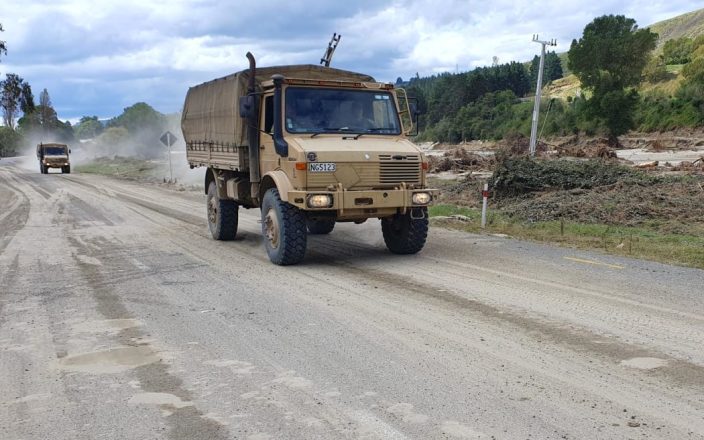뉴질랜드 방위군 (NZDF) 은 지속적인 심각한 인력 부족으로 인해 운영 방식을 변경해야 했습니다.NZDF는 사이클론 가브리엘에 대한 대응 규모와 제공할 수 있는 역량을 변경해야 했고, 모든 직원에게 계속 일할 수 있도록 1인당 최대 1만 달러를 지불해야 했습니다.NZDF는 이제 사람들이 각자의 역할을 유지하고 떠나는 사람들의 흐름을 막기 위해 두 차례에 걸쳐 지급을 진행했습니다.지난 2년간 높은 퇴사율로 인해 개발하는데 수년이 걸리는 고도로 전문화되고 인기 있는 기술을 갖춘 핵심 인력을 잃었고, 이로 인해 군대에 심각한 격차가 생겼습니다.해군 근해 초계함 3척을 운영할 인력이 충분하지 않아 공군 P-3K2 Orions는 훈련된 직원이 부족하여 5개월 일찍 퇴역했습니다.또한 데번포트에는 세 척의 선박이 묶여 있는데, 운항할 직원이 부족하여 사용할 수 없습니다.
NZDF는 1,000만 달러의 정부 기금을 사용하여 사직으로 큰 영향을 받은 “전략적으로 중요한” 유니폼을 입은 종목 및 단위에 종사하는 사람들에게 1만 달러를 일회성으로 지급했습니다.이 유보 지급은 육군, 해군 및 공군의 세 가지 서비스에 적용되었습니다.돈은 두 번에 나누어 지불되었습니다.첫 번째 로트는 2월이었고 두 번째 로트 5000달러는 5월에 지급될 예정입니다.NZDF는 또한 감소율을 줄이기 위해 모든 정규군 요원과 민간인을 대상으로 이니셔티브를 확대하기로 결정했습니다.
NZDF 국방부 사령관 케빈 쇼트 (Kevin Short) 는 배관공, 전기 기사, 목수, 특수 부대, 해군 추진 전문가 및 중간 관리자는 군대 내에서 가장 중요한 직업 중 일부에 불과하다고 말했다.그는 이러한 급여를 통해 사람들이 체류하도록 유도할 수 있기를 바랐지만, 사람들이 이러한 핵심 역할을 대체하도록 교육하는 데 최대 4년이 걸릴 수 있다고 말했습니다.많은 사람들이 그만두는 것은 군대의 기본 기능에 영향을 미칠 뿐만 아니라 사이클론 가브리엘과 같은 비상 사태에 대응할 수 있는 능력도 손상시키고 있습니다.
뉴질랜드 국방부의 지속적인 직원 부족은 사이클론 가브리엘 대응에 영향을 미쳤습니다.





























































